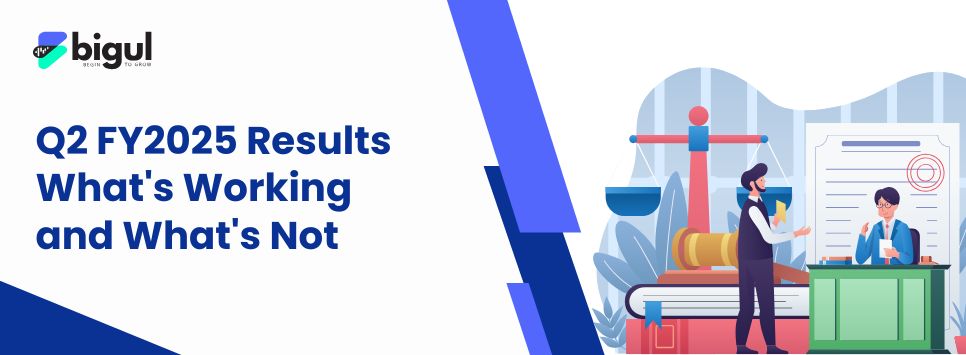When we talk about trading in the stock market, there are two popular types of trading: intraday trading and positional trading. Both types of trading have advantages and disadvantages, and traders must choose the one that best suits their trading style and risk tolerance. This blog post will discuss intraday and positional trading and help you decide which one to prefer.
Intraday Trading
Intraday trading, also called day trading, is a type of short-term trading in which a trader buys and sells stocks within the same day. Intraday trading aims to make quick profits by taking advantage of the price movements that occur during the day.
Intraday trading requires a lot of attention and skill. Traders need to be able to make quick decisions and execute trades quickly. They must deeply understand the market and use various intraday trading strategies to identify profitable trades.
One of the most popular intraday trading strategies is technical analysis. This involves analysing trading chart patterns, using indicators like the RSI and MACD, and identifying breakouts to find potential trades. Traders can also use fundamental analysis to identify stocks with strong growth potential.
Advantages of Intraday Trading
- High-Profit Potential: Intraday trading offers high-profit potential as traders can take advantage of the price movements during the day. They can make multiple trades daily, increasing their profit chances.
- Low Risk: Intraday trading involves low risk as traders close their positions at the end of the day. This reduces the risk of holding a stock overnight, where the stock price can be affected by external factors.
- Quick Results: Intraday trading provides quick results as traders can see the outcome of their trades within the same day. This allows them to adjust their trading strategies and improve their results.
Disadvantages of Intraday Trading:
- High Stress: Intraday trading can be very stressful as traders need to make quick decisions and execute trades quickly. This can lead to emotional trading and increase the risk of making mistakes.
- High Capital Requirement: Intraday trading requires high capital, as traders must have enough funds in their trading accounts to make multiple daily trades.
- High Commission and Fees: Intraday trading involves high commissions and fees as traders must make multiple daily trades. This can significantly reduce their profit margin.
Positional Trading
Positional or swing trading is where traders hold their positions longer, typically for a few days to several weeks. The goal of positional trading is to take advantage of the medium-term price movements of the stock.
Positional trading involves using both technical and fundamental analysis to identify potential trades. Traders can use various trading strategies to find profitable trades, including breakout and trend-following strategies.
Advantages of Positional Trading
- Lower Stress: Positional trading involves lower stress as traders do not need to make quick decisions or execute trades quickly. They can take their time to analyse the market and make informed decisions.
- Lower Capital Requirement: Positional trading requires lower capital as traders do not need to make multiple daily trades. This reduces the risk of losing significant money in a single day.
- Lower Commission and Fees: Positional trading involves lower commissions and fees as traders do not need to make multiple daily trades. This increases their profit margin.
Disadvantages of Positional Trading
- Requires a Long-Term Outlook: Positional trading typically involves holding positions for extended periods, often weeks or months. This requires traders to have a long-term outlook and be able to tolerate short-term fluctuations in their portfolio’s value, which can be challenging for those who are more accustomed to short-term trading.
- Requires a Larger Initial Investment: Positional trading strategies often require a larger initial investment to achieve meaningful returns, as trades are typically held longer. This can be a barrier for traders with limited capital.
- Susceptible to Market Volatility: Because positional traders hold positions for longer periods, they are more susceptible to market volatility and may experience significant losses if the market moves against them. This requires careful risk management and a willingness to accept losses when necessary.
- Limited Trading Opportunities: Positional trading strategies typically rely on identifying trends in the market, which can be less frequent than shorter-term market movements. This means fewer trading opportunities may be available for positional traders than those who engage in shorter-term trading strategies.
Which One Should You Prefer?
The choice between Intraday Trading and Positional Trading depends on your personal goals and risk tolerance. Intraday Trading suits traders with high-risk appetites who are comfortable with the stock market’s volatility. It requires a lot of focus and attention, and traders must constantly monitor the market and make quick decisions. Intraday Trading is ideal for traders looking for quick profits and willing to take on higher risks.
On the other hand, Positional Trading is suitable for traders who have a long-term view of the market and are willing to hold on to stocks for longer. It requires less attention and monitoring than Intraday Trading, and traders can take advantage of long-term trends to make larger profits. Positional Trading is ideal for traders looking to invest in a company longer and is willing to wait for the stock to appreciate.
Intraday and Positional Trading have advantages and disadvantages, and choosing the right strategy based on your personal goals and risk tolerance is important.
Factors to be Considered when Choosing between Intraday Trading and Positional Trading
- Time Commitment: Intraday Trading requires a lot of focus and attention, as traders need to constantly monitor the market and make quick decisions. Positional Trading requires less attention and monitoring as traders hold on to stocks longer.
- Risk Tolerance: Intraday Trading is a high-risk, high-reward strategy, while Positional Trading is a lower-risk, lower-reward strategy. Traders should choose the strategy that aligns with their risk tolerance.
- Trading Style: Intraday Trading suits traders looking for quick profits, while Positional Trading suits traders with a long-term view of the market.
- Trading Fees: Intraday Trading typically involves higher trading fees due to the frequent buying and selling of stocks, while Positional Trading involves lower trading fees as traders hold on to stocks for a longer period.
- Trading Strategies: Intraday Trading relies heavily on technical analysis and strategies such as breakout trading, while Positional Trading relies heavily on fundamental analysis and trading chart patterns.
Conclusion
In conclusion, Intraday Trading and Positional Trading are both valid trading strategies, and the choice between them depends on your personal goals and risk tolerance. Intraday Trading is suitable for traders who have a high-risk appetite and are comfortable with the volatility of the stock market, while Positional Trading is suitable for traders who have a long-term view of the market and are willing to hold on to stocks for a longer period. Choosing the right trading strategy based on your personal goals and risk tolerance and developing and sticking to a solid trading plan.









.jpg)
.jpg)
